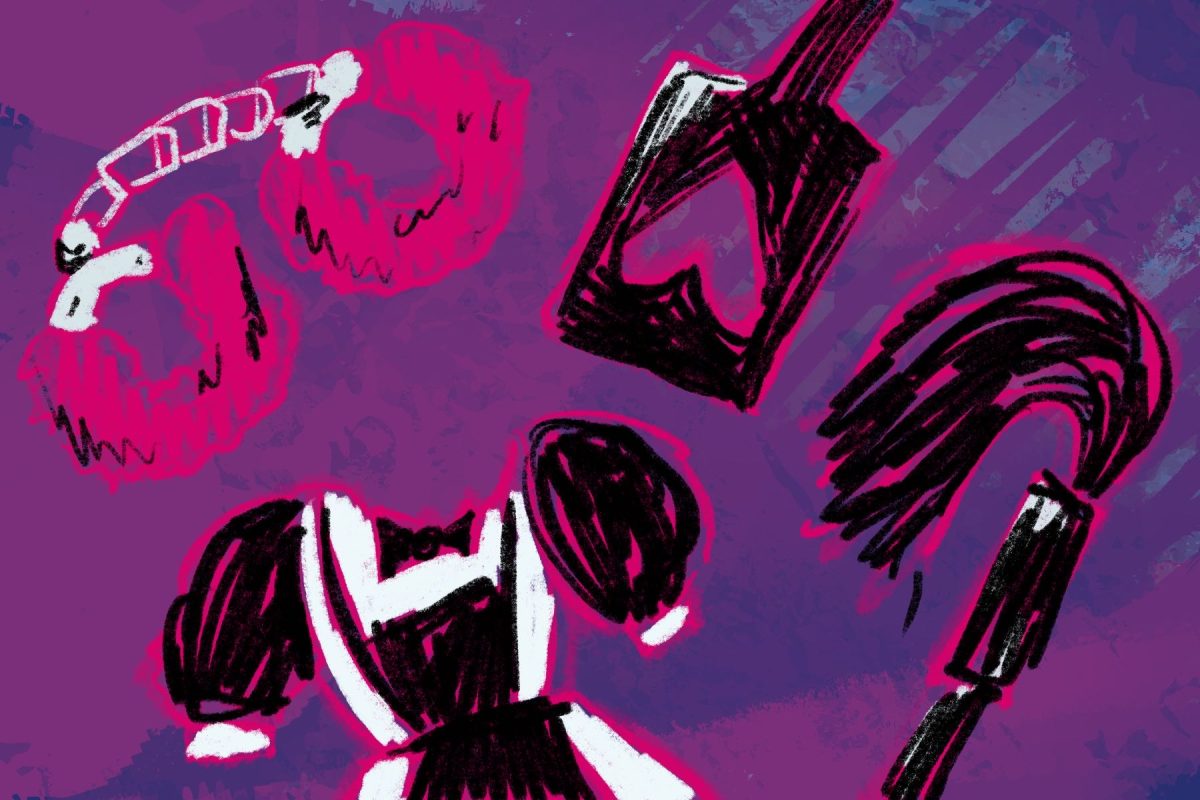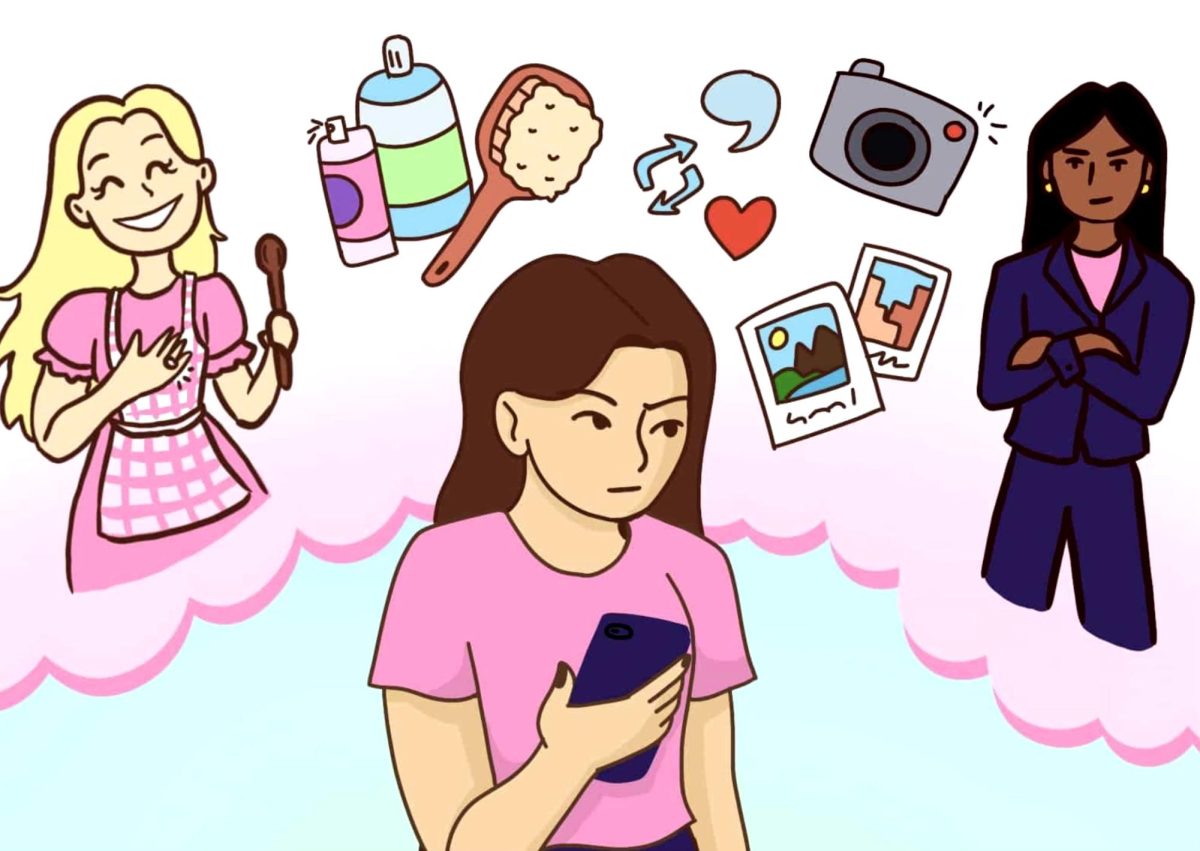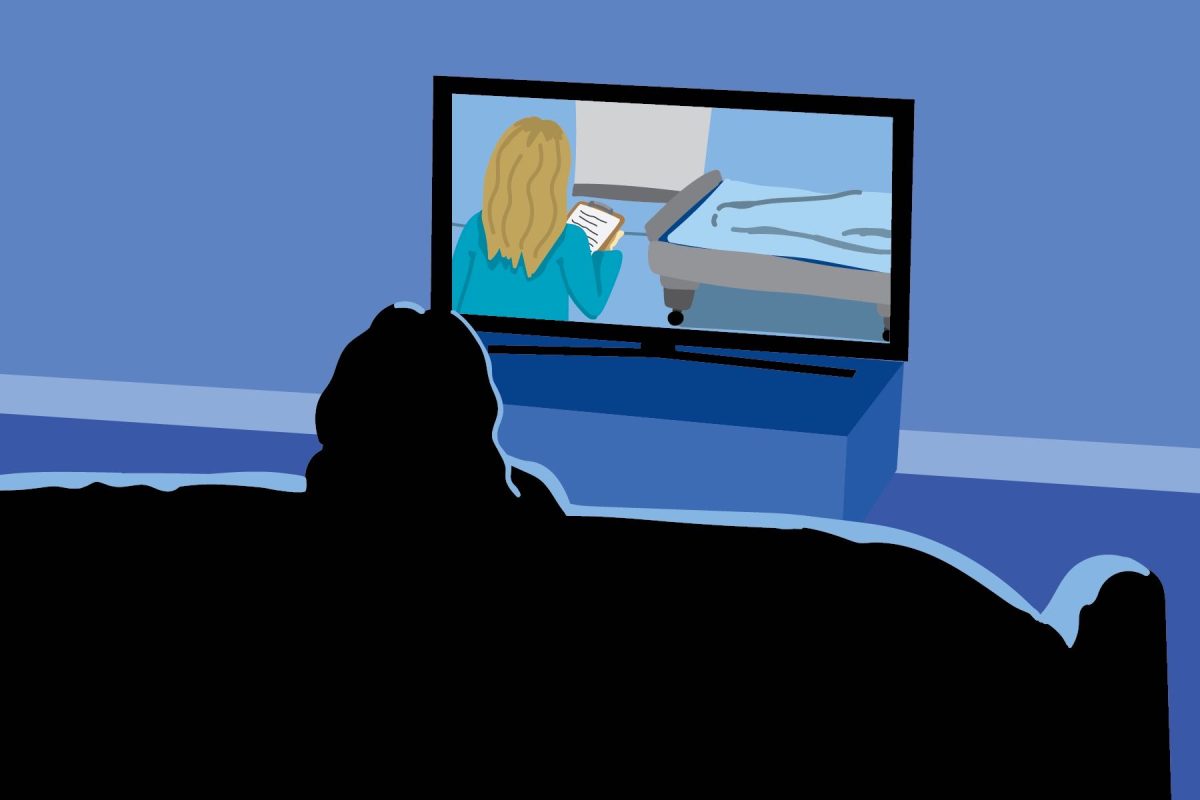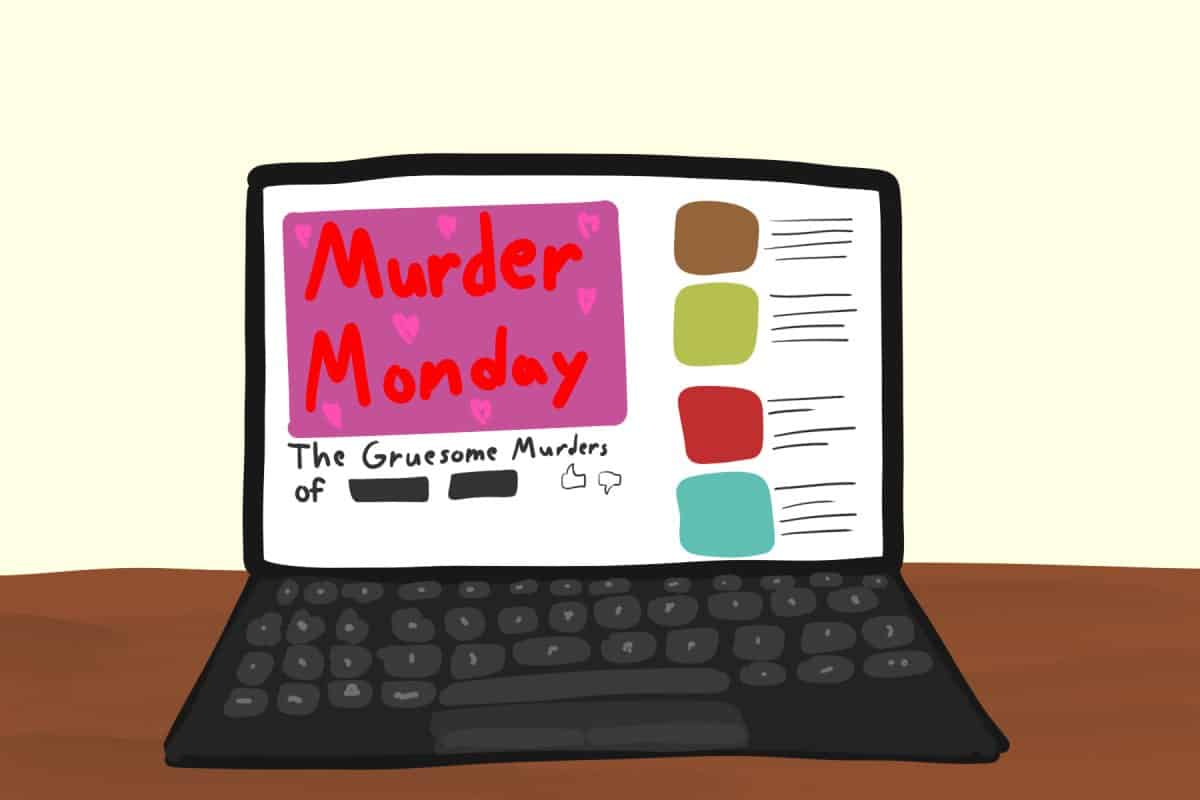A recent surge in online lectures, learning material and degree programs has shed light on the effect that computers have on education. Of course, online content is one means of a higher level of equality in education. Whilst you’re still paying for online courses, they come at a much cheaper cost than one assigned to an institution and are available any time, anywhere.
On the flip side of this, many courses within the institutions themselves, are posting course content online which can discourage some students from attending the classes themselves. And here, I at least would argue, it must be said that no online course content can replace the value of listening to a lecturer in a classroom environment.
This debate, I anticipate, will be raging for a long time, but I envisage that online courses will grow in popularity. It’s a democratic means of learning and that can only be beneficial, it’s not posing any real threats to the legitimacy and popularity of colleges and universities themselves. But, on a smaller scale, it brought another debate to my mind – the increased use of technology in the classroom. Mainly, this means note-taking with computers and tablets and, in turn, a steady decrease in the art of handwriting.
I personally feel a disconnection between the speed and ease of a computer keyboard and the pace of my thoughts. I will often watch my fingers dancing along the top of the white plastic keys, entirely out of time with the rhythm of consciousness in my head. This I don’t experience in the physical act of taking a pen to paper.
It’s a slower process; the formation of letter on the page corresponds with the shape and direction of thinking. When I stop actively thinking about the words I am putting down, the ink stops. It does not run on to form an unconsciously written 20-word sentence to be underlined in red and green by the dictatorial grammar system of Microsoft Word. Instead, I have made several stops along the road to the full stop in order to consult my own spelling and punctuation abilities, sometimes even using a dictionary.
Aesthetically, handwriting can say so much about the person behind it. Many believe that messy handwriting can be the sign of a genius. Or just someone short of time. Either way, there’s a tale behind the ink. And the way we organize our thoughts on the page can aid different types of learners, especially visual ones. It’s much easier to track creative thought process and understanding when it isn’t masked by center alignment and Times New Roman.
Of course, I’m not entirely blind to the advantages of typing and the time wasted in attempting to decipher the handwriting of others, and as I write this, I am constantly haunted by the need to know my word count. I am by no means implying we all revert back to a feather and quill. I merely think every once in a while, the relationship between hand and pen should be reconsidered in its importance.
Lucy Cheseldine is an English international student studying English literature. Her column runs weekly on Tuesdays.
Leading in today’s Crimson White:
Family Guy’s Seth MacFarlane should bring laughter, surprises to 2013 Oscar stage








